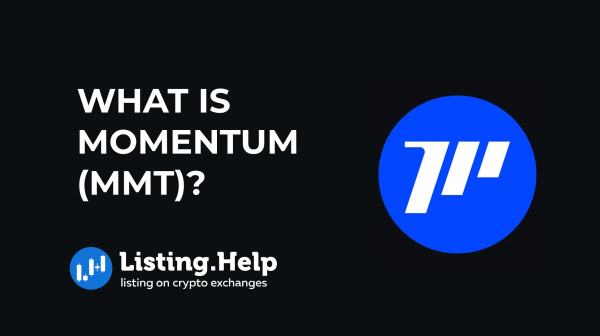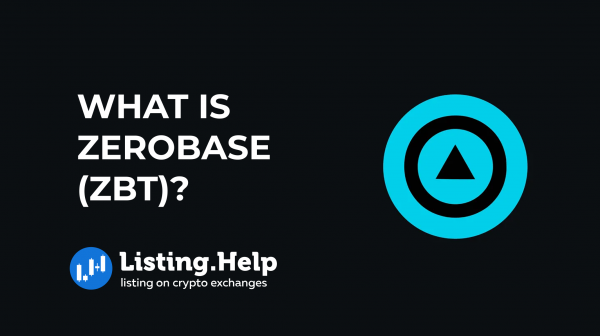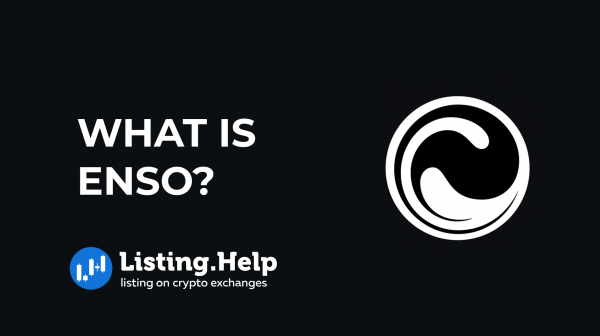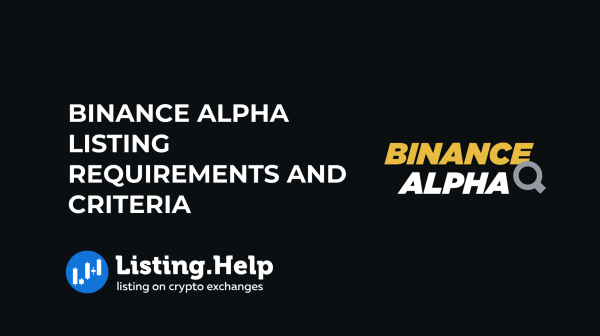What Are Appchains (Application-Specific Blockchains)?
 September 3, 2024
September 3, 2024 Updated: January 26 2025, 07:11
Updated: January 26 2025, 07:11
LEAVE A REQUEST
Launching your own token project? Our experts are ready to help with listing on exchanges, market making, marketing and other solutions
SUBMIT APPLICATIONBitcoin introduced the concept, but Ethereum aimed to expand it, seeking to become a platform for all things DeFi and tokenization. However, this broad vision encountered a significant obstacle when the surge in usage in 2017 led to skyrocketing transaction fees, revealing that Ethereum’s infrastructure was not equipped to handle such heavy traffic.
This shortfall prompted the development of various Layer 1 blockchains, often called “Ethereum-killers,” like Solana, which aimed to surpass Ethereum by providing faster transactions and confirmations while remaining versatile. But this approach has its drawbacks; the creation of numerous platforms has contributed to an increasingly fragmented blockchain environment.
This situation has led to the emergence of appchains, which are designed to address the need for more sustainable solutions in the fast-evolving crypto world.
In this article, we will examine what appchains are, how they function, and what sets them apart from other blockchain technologies.
What is an Appchain?
An appchain, or application-specific blockchain, is a blockchain designed exclusively for a particular application. Unlike public blockchains that support multiple applications, appchains are optimized for a single use case, ensuring that the blockchain performs efficiently for that specific application. The concept of appchains was first introduced by Cosmos and Polkadot back in 2016.
One could argue that Bitcoin itself is an appchain, specifically for digital gold.
Appchains offer developers the ability to tailor the blockchain environment to their precise needs. This focused approach allows for the removal of common challenges found in multi-application platforms, fostering innovation without compromise.
Traditional blockchains offering full composability can expose the system to broad vulnerabilities.
This is where appchains prove valuable, as they provide autonomy to protocols. This independence ensures that applications and protocols are not susceptible to failures of the main blockchain.
Moreover, most protocols benefit from operating independently, free from the constraints imposed by a larger ecosystem.
How Do Appchains Work?
Appchains are built on the core principles of blockchain technology but are modified to meet the needs of specific applications. Each appchain allocates its resources exclusively to a particular task, ensuring optimal performance without the distraction of unrelated operations.
Different consensus mechanisms, such as Proof of Work (PoW) or Proof of Stake (PoS), can be chosen to best suit the requirements of each appchain. For example, a financial application might use a different consensus approach than one designed for supply chain management.
Additionally, smart contracts on appchains can be developed to meet the unique demands of individual applications. This allows for more sophisticated contract logic, improving the functionality and efficiency of the application.
A fully developed appchain typically consists of five layers:
1. Network Layer: Manages peer-to-peer network functions, enabling nodes within the blockchain to communicate, exchange data, and validate transactions.
2. Application Layer: Hosts the applications running on the blockchain, providing interfaces that developers use to build, deploy, and manage decentralized applications (DApps).
3. Data Layer: Organizes and stores blockchain information, maintaining the blockchain’s state, recording transaction details, and managing smart contract data.
4. Consensus Layer: Implements the appchain’s consensus algorithm, which could be based on various algorithms like PoW or PoS.
5. Smart Contract Layer: Facilitates the automation, verification, and enforcement of smart contracts.
Advantages of Appchains
1. Autonomy: Appchains function independently, minimizing the impact of failures in other systems.
2. Customization: They allow for designs specifically tailored to the needs of a single application.
3. Enhanced Efficiency: With dedicated resources, appchains provide faster transactions and reduce bottlenecks.
4. Cost Efficiency: By avoiding competition for block space, appchains help prevent spikes in transaction fees.
5. Scalability: As applications grow, appchains can scale to accommodate more users and transactions.
Challenges of Appchains
Building and maintaining an appchain presents several challenges, particularly due to the significant technical expertise and resources required. This can be a considerable obstacle for smaller projects, as they must manage not only the growth of their user base but also the upkeep of their infrastructure. The costs and specialized skills needed can be a substantial barrier.
Another challenge is the difficulty appchains may face in interacting with other blockchains. Effective communication and asset transfer between blockchains demand robust bridging solutions, which are often prone to centralization risks. These vulnerabilities have been exploited by hackers in the past, as seen in incidents like the Wormhole and Ronin bridge hacks.
Creating a sustainable economic model to incentivize validators and users is also a significant challenge, especially for applications with smaller audiences. Validators play a crucial role in the economic structure of an appchain, and the application must develop tokenomics that cater to them, ensuring both the scalability and viability of the chain at both the application and infrastructure levels.
General-purpose blockchains often benefit from network effects, where the value of the network grows with the number of users and applications. Appchains, however, may struggle to achieve the same level of adoption and community engagement. While this can be a hurdle in the short to medium term, improvements in the security and user experience of bridges between appchains and base chains could eventually mitigate this issue.
Examples of Appchains
Polkadot Parachains
Polkadot’s parachains are individual blockchains that operate in parallel within the Polkadot ecosystem. These parachains connect to Polkadot’s Relay Chain, which provides them with security. Parachains function much like appchains, as they can be customized with their own tokenomics, governance structures, and functionalities, making them well-suited for specific application requirements.
Avalanche Subnets
Avalanche subnets are separate blockchains created within the Avalanche network. These subnets allow for the development of blockchains tailored to specific applications, each supported by a distinct set of validators who maintain consensus on the state of the blockchain.
Cosmos Zones
Cosmos zones act as independent blockchains connected to the Cosmos Hub, serving a role similar to appchains in the Cosmos ecosystem. They utilize the Inter-Blockchain Communication (IBC) protocol to facilitate data transfer across the network.
Impact of Restaking on Appchains
Restaking involves staking assets on multiple chains or applications to maximize the utility of staked cryptocurrency without requiring additional investment. In proof-of-stake (PoS) environments, restaking can significantly impact appchains.
By enabling validators to restake assets across multiple chains, appchains can enhance their security, as more assets are committed to maintaining network integrity. This also creates additional economic incentives for validators, encouraging broader participation and strengthening the appchain’s validator network.
However, restaking demands careful management of resources to ensure validators can effectively support multiple chains without sacrificing performance or security. Managing restaking across different chains introduces complexity and potential risks, such as ensuring fair reward distribution and preventing issues like double-signing or other malicious activities.
Restaking can allow appchains to leverage the base chain’s security, tokens, and validator infrastructure, thereby reducing the overhead associated with launching a new token. Nonetheless, it still requires careful management of incentives to ensure that the economic participants on the chain are properly motivated.
As the pursuit of scalable mainstream crypto applications intensifies, appchains are likely to play an increasingly prominent role. Successful examples of appchains or their variants can serve as inspiration for future developers in the space.

For more insights and updates on the crypto world, don’t forget to check out our blog at Listing.Help






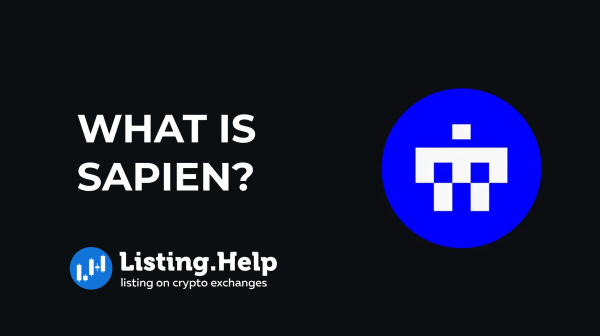
 December 15, 2025
December 15, 2025 
